The article 11 Herbal Alternatives to Antibiotics is available on https://totalsurvival.net
This post may contain affiliate links. If you make a purchase, I'll earn a small fee at no extra cost to you.*



Oftentimes, the world’s best medications are not the ones developed in labs, but rather the ones made by Mother Nature. For thousands of years, mankind has relied on various herbs to treat a wide range of conditions. While the advent of antibiotics drastically reduced the popularity of these herbal alternatives, they still remain effective to this day and are starting to enjoy more popularity as many diseases have grown resistant to antibiotics.
If you would like to avoid the often harmful side-effects of antibiotics or are concerned about a day when these antibiotics might not be available, consider trying these herbal alternatives.
1. Oregano



Oregano – or more specifically the highly concentrated oil of oregano – is an excellent antibiotic. Its active ingredient, carvacrol, exhibits powerful microbial properties. Best of all, oil of oregano specifically targets foreign, harmful microbes, leaving the natural, beneficial microbes in your body intact, and it also doesn’t encourage antibiotic resistance like many antibiotics.
To ensure that your oil of oregano works as intended, you’ll want to use oil of oregano that has a carvacrol content of at least 70%.
Oil of oregano should be taken orally upon the first onset of symptoms. When taken in this manner, oregano can be used to greatly reduce the severity of the cold and flu.
2. Echinacea



Echinacea has long been used to treat open wounds in order to facilitate faster healing and ensure the wound doesn’t become infected. However, today echinacea is most often taken orally to treat the cold and flu. Unlike some herbal antibiotics, echinacea has displayed the ability to destroy some of the deadliest forms of bacteria, including the bacteria responsible for MRSA, staphylococcus aureus.
At one time, echinacea was one of the most commonly used natural antibiotics in the United States. When pharmaceutical companies began developing antibiotics in the mid-1900s, the herb somewhat fell out of favor. However, now that many microbes have begun to develop resistance to antibiotics, echinacea is becoming popular once again, especially echinacea extract.
3. Neem



Neem is an oil harvested from the neem tree that grows in India, and it has been used as an antibiotic for over 2,000 years. Neem is most commonly applied topically in order to combat bacterial skin infections including acne and dermatitis. However, neem can also be taken orally in small doses for short periods of time to combat internal infections as well.
It’s important to note, however, that long-term oral use of neem or taking large doses of neem at one time is hard on your liver and kidneys and may lead to damage. In most cases, neem is best used as a topical antibiotic for treating various skin conditions.
One advantage that neem has over many herbal antibiotics is that it has been heavily researched. Medical researchers in India have studied neem extensively and have proven it to be effective for treating a wide range of conditions. In fact, a neem-based medicine was even patented in the United States as a treatment for AIDS.
4. Thyme
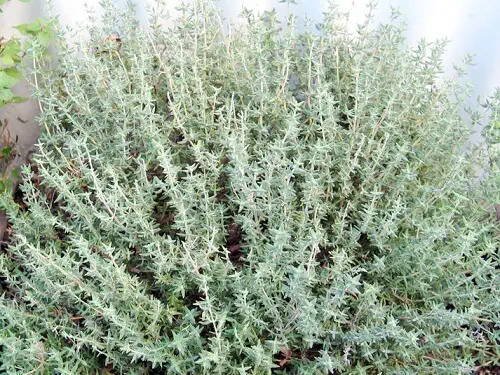


Thyme leaf and thyme oil are both effective natural antibiotics thanks to a compound known as thymol. Thymol is an antimicrobial, antifungal, and antiprotozoal agent, making thyme an effective treatment for a wide range of infections.
Thyme is also one of the strongest antioxidants known today, enabling it to boost your immune system so that you are better able to fight off infections.
5. Ginger Root
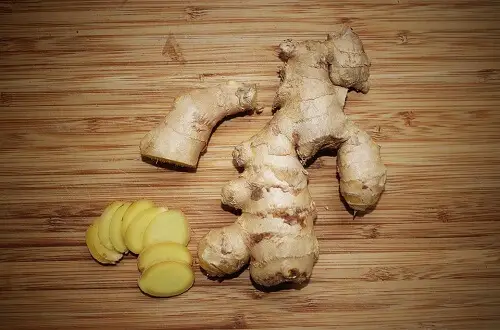


According to a study published in The Journal of Pain, ginger is an effective antibacterial agent that can be used to treat a number of infections. Since ginger is a strong anti-inflammatory, it is especially useful for treating inflammatory diseases such as pneumonia, gout, and rheumatoid arthritis.
Ginger has also shown the ability to be effective at treating gastral infections such as bacterial diarrhea. Best of all, not only is ginger able to help kill the microbes that cause these infections, it’s also effective in treating the symptoms as well, helping to soothe nausea as well as inflammation. Ginger root can be added to many dishes, or you can take a ginger supplement for a more potent dosage.
6. Goldenseal
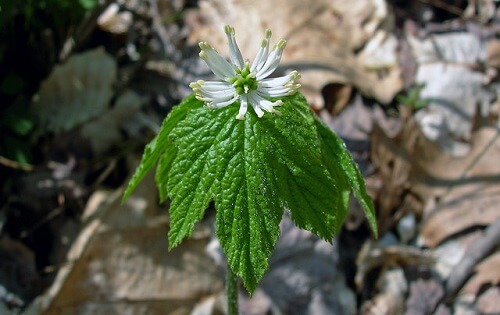


Goldenseal contains an alkaloid called berberine which studies have shown to be effective at killing off Gram-positive bacteria such as MRSA. In addition to berberine, goldenseal contains several other compounds that have been shown to increase the effectiveness of the berberine found in the herb.
Today, goldenseal ranks as one of the top-five best selling herbal products in the United States. It is commonly used to prevent the cold and flu as well as treat eye infections, respiratory infections, urinary tract infections, ulcers, canker sores, vaginitis, and gonorrhea.
Goldenseal has even shown some promise in helping treat certain forms of cancer including breast cancer and stomach cancer according to studies done by the Memorial Sloan Kettering Cancer Center. It’s available as a supplement or as a liquid extract.
7. Peppermint
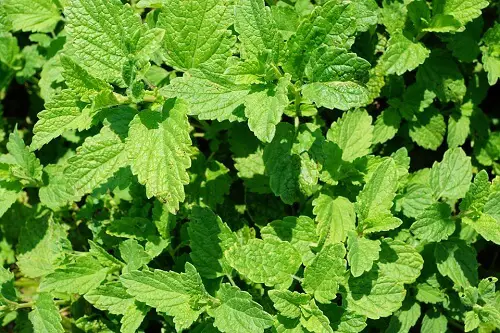


Peppermint oil demonstrates strong antimicrobial properties and can be applied topically or taken orally in order to treat a wide range of conditions. When applied topically, peppermint oil is great for treating infections of the skin such as acne and dermatitis. Taken orally, peppermint oil is able to treat a wide range of infections and is especially effective at treating gastral infections thanks to its ability to combat nausea.
Peppermint oil can even be used to treat infant colic and has been shown by medical research to be just as effective at treating colic as the commonly prescribed drug Simethione without any of the unwanted side effects.
In addition to all these benefits, peppermint also demonstrates natural cooling properties. If you’ve ever felt the cooling effect of peppermint gum or breath mints you’ve seen these properties first-hand. The cooling effect of peppermint makes it a great fever reducer, enabling you to treat one of the worst symptoms of the cold and flu while at the same time killing the disease itself. All of this is why peppermint essential oil is so popular.
8. Lavender
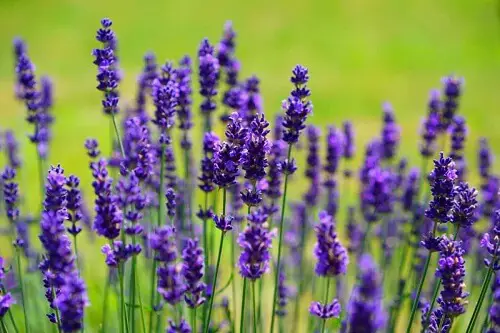


Lavender essential oil is one of the most effective topical antiseptics available today. When applied to cuts and scrapes, it is able to facilitate the growth of new skin, reduce scarring, and prevent the wound from becoming infected. In fact, the antimicrobial properties of lavender are so effective that lavender essential oil has shown the ability to treat Staph infection.
Like several other essential oils mentioned, applying lavender topically is also great for killing the microbes that cause acne and other skin conditions. Lavender essential oil is also commonly used to treat ear infections and is gentle enough that it can be used to treat these infections in children. And thanks to its calming effects, it can even help you fall asleep at night.
9. Elderberry
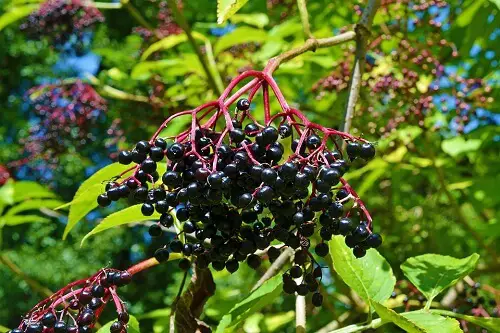


Liquid elderberry extract is arguably the most effective natural antibiotic for treating the flu. In fact, it’s documented that elderberry was used extensively about 150 years ago during a serious influenza outbreak in order to save countless lives in the United States.
Liquid elderberry extract should be taken orally when you first begin to show symptoms of the cold or flu. While it won’t prevent you from coming down with the disease entirely, it will drastically reduce its severity, leading to milder symptoms and a shorter duration of the disease.
In addition to liquid elderberry extract, another common form of elderberry that is used as an antibiotic is elderberry lozenges. These lozenges are often combined with zinc as well, which works in tandem with elderberry to fight off the cold and flu.
10. Cinnamon
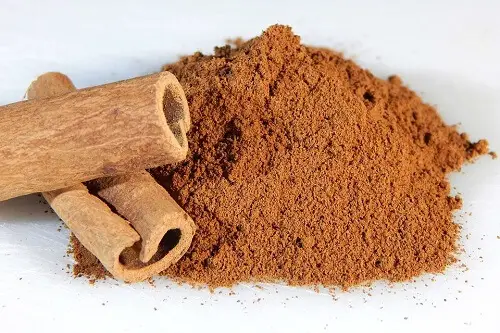


Much more than a great seasoning, cinnamon is such an effective natural antibiotic that it is even able to kill E.Coli – a dangerous, hard-to-treat microbe that is the cause of several serious diseases. Cinnamon has even been referred to as a “lethal” natural antibiotic thanks to how effective it is at killing unwanted bacteria.
In addition to its antibacterial properties, cinnamon is also a strong antioxidant, working to strengthen your immune system so it’s better able to fight off diseases. To get the most antibiotic benefits out of cinnamon, you will want to use a pure, real Ceylon cinnamon supplement.
Another one of the most effective uses of cinnamon is to combat fungal infections such as athlete’s foot. Applying cinnamon bark oil to the affected area has been shown to be an excellent way to treat these fungal infections.
11. Garlic



Garlic is more of a vegetable an an herb, but it’s so effective that I had to include it in this list. For thousands of years, garlic has been a go-to natural antibiotic. It was even used to ward off the plague back in the 1700s.
The main active ingredient that gives garlic its antibiotic, antimicrobial and antiviral properties is allicin – a compound which is known to kill unfriendly bacteria. In addition to this, garlic is also high in natural antioxidants which give it some major immune system-boosting benefits.
Before pharmaceutical antibiotics came into popularity after WWII, garlic was one of the most commonly prescribed natural antibiotics for treating a wide range of diseases. Garlic oil can be applied inside the ear to treat ear infections, eaten raw to treat colds and other internal infections, or applied to the skin to treat boils, poison ivy, and poison oak rashes.
 This article first appeared on urbansurvivalsite.com See it here
This article first appeared on urbansurvivalsite.com See it here
This Article Was Found Here: 11 Herbal Alternatives to Antibiotics

No comments:
Post a Comment